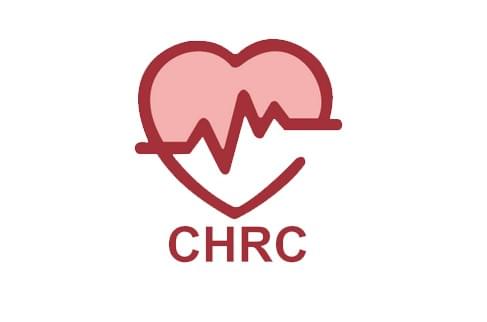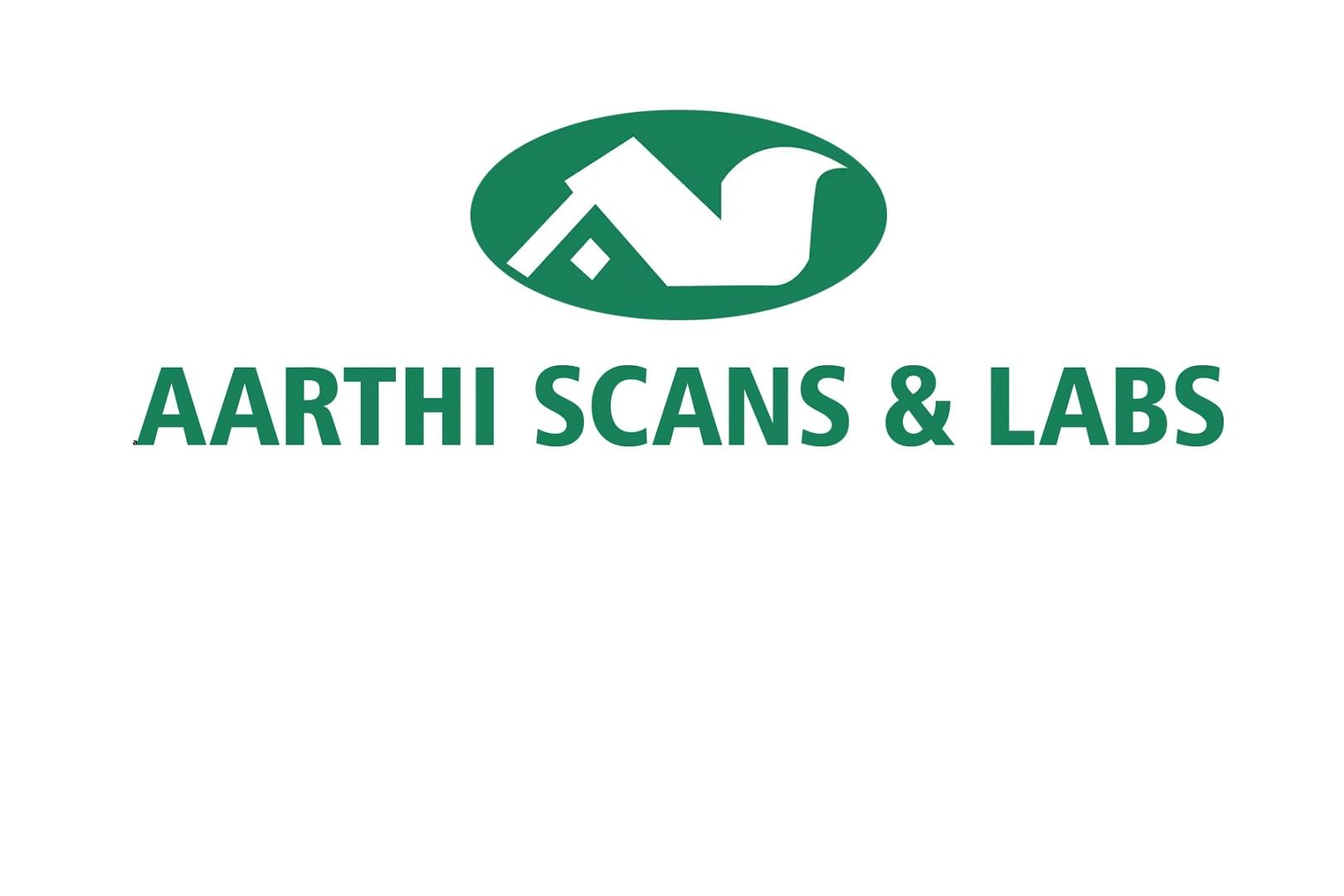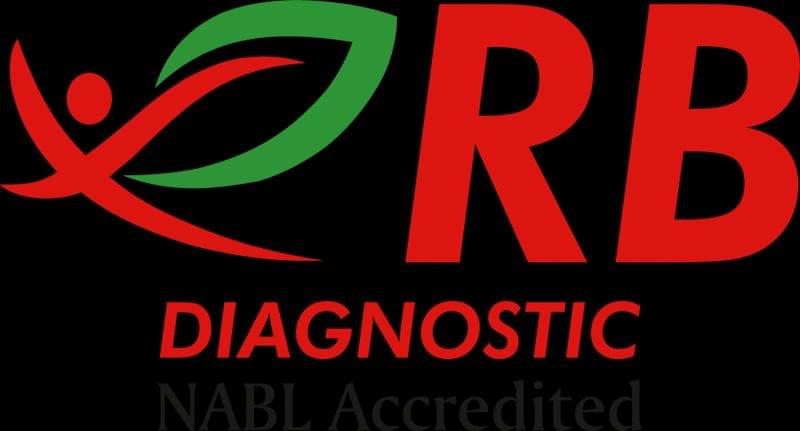

Ultrasound Whole Abdomen near me in Kolkata
Understanding Ultrasound Whole Abdomen in Kolkata
What is Ultrasound Whole Abdomen in Kolkata?
The Ultrasound Whole Abdomen is a painless and noninvasive imaging test that produces detailed pictures of the organs and structures of the belly (abdomen) using high-frequency sound waves. It diagnoses various conditions of the liver, kidneys, intestines, pancreas, gallbladder, and spleen and identifies the abnormality in these organs to direct a plan of treatment. It is available at an affordable price in Kolkata with our partnered labs.
The Ultrasound Whole Abdomen is advised for individuals with symptoms like abdominal discomfort, bloating, weight loss without a known cause, swelling, infection, etc., or when the other tests on blood indicate abnormal results. This scan can diagnose enlargement of organs, ascites, liver disease, kidney stones, gallstones, cysts, tumors, or inflammation. Also, it is one of the safest imaging modalities during pregnancy since it does not harm either the mother or the fetus.
This scan is a safer alternative than other imaging tests such as X-rays or Computed Tomography (CT) scans as it does not use ionizing radiations or oral contrast agents.
Fasting overnight (8-12 hours) and a full bladder are required prior to the test. This helps ensure clear pictures of the organs and structures within the abdomen.
What does Ultrasound Whole Abdomen measure?
USG (Ultrasound sonography) technology enables rapid visualization of the abdominal internal organs and structures from the outside of the body. This test records the size, shape, structure, and movement of the internal organs such as the liver, kidneys, intestines, pancreas, gallbladder, spleen, and the abdominal cavity blood vessels. This test identifies abnormalities like tumors, cysts, stones, fluid collection, and evidence of infection or inflammation in these organs. Through the image capture of real-time images, the Ultrasound Whole Abdomen test monitors the abdominal vessels' blood flow, aiding in the diagnosis of liver disease, kidney pathology, and other gastrointestinal ailments.
The USG machine includes a computer console, a video monitor, and a plug-in transducer (a little hand-held device similar to a microphone). The transducer is placed on the skin, and the sound waves travel through the body to the organs and structures inside. The sound waves rebound through the organs as an echo and go back to the transducer, which then interprets the reflected sound waves and produces images of the organs or tissues. Physicians interpret these images to identify abnormalities and order proper treatment if necessary.
Frequently Asked Questions about Ultrasound Whole Abdomen in Kolkata
Q. What is the Ultrasound Whole Abdomen test?
Q. Is there any risk associated with the Ultrasound Whole Abdomen test?
Q. How is the Ultrasound Whole Abdomen test done?
Q. How can I book the Ultrasound Whole Abdomen in Kolkata?
Q. What should I do if I need to reschedule or cancel my appointment in Kolkata?
Q. How much does the Ultrasound Whole Abdomen test cost in Kolkata?
Q. What is the estimated turnaround time for the results of the USG Whole Abdomen test in Kolkata?
Other tests















.png)
.png)
.png)
.png)